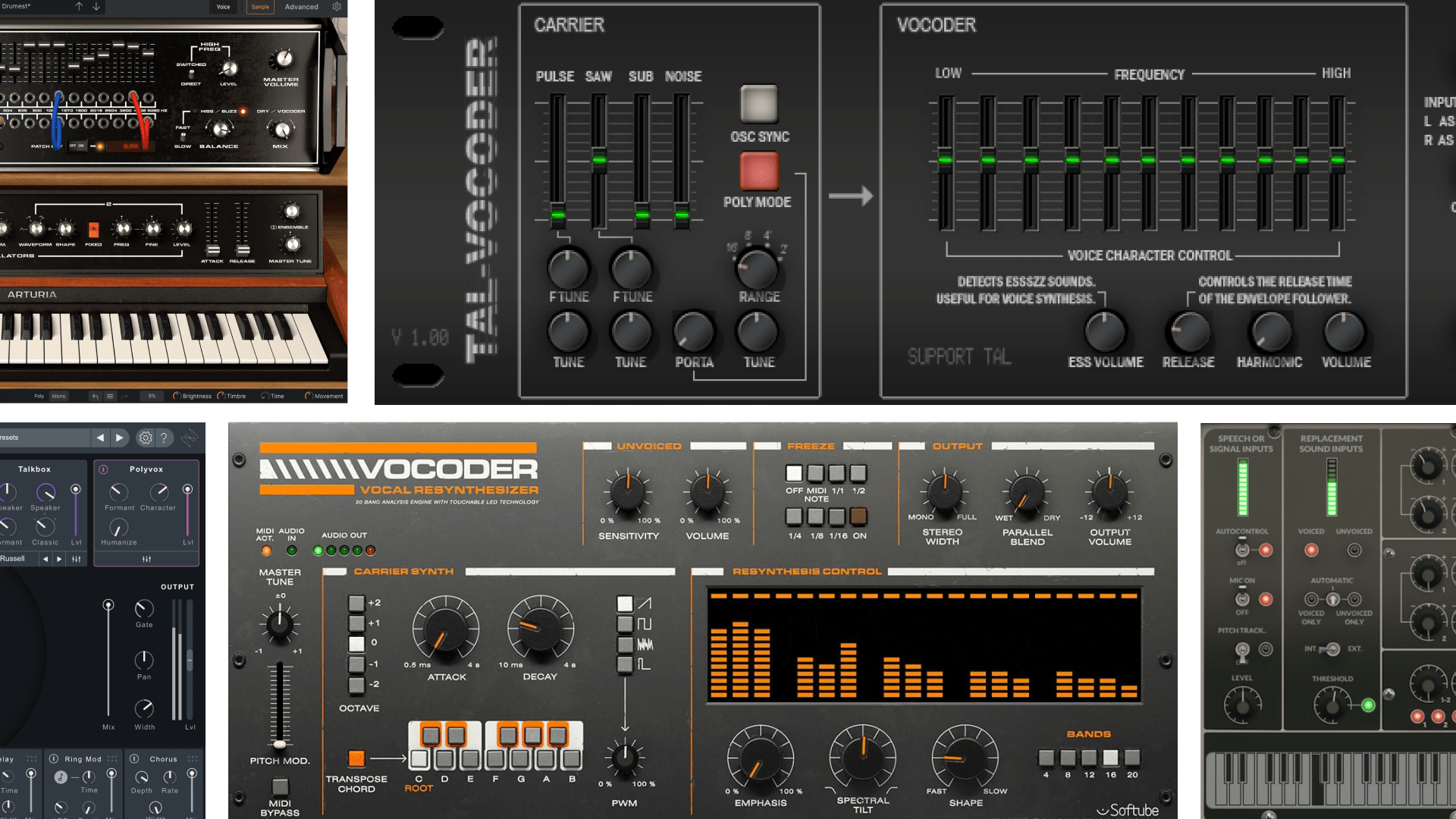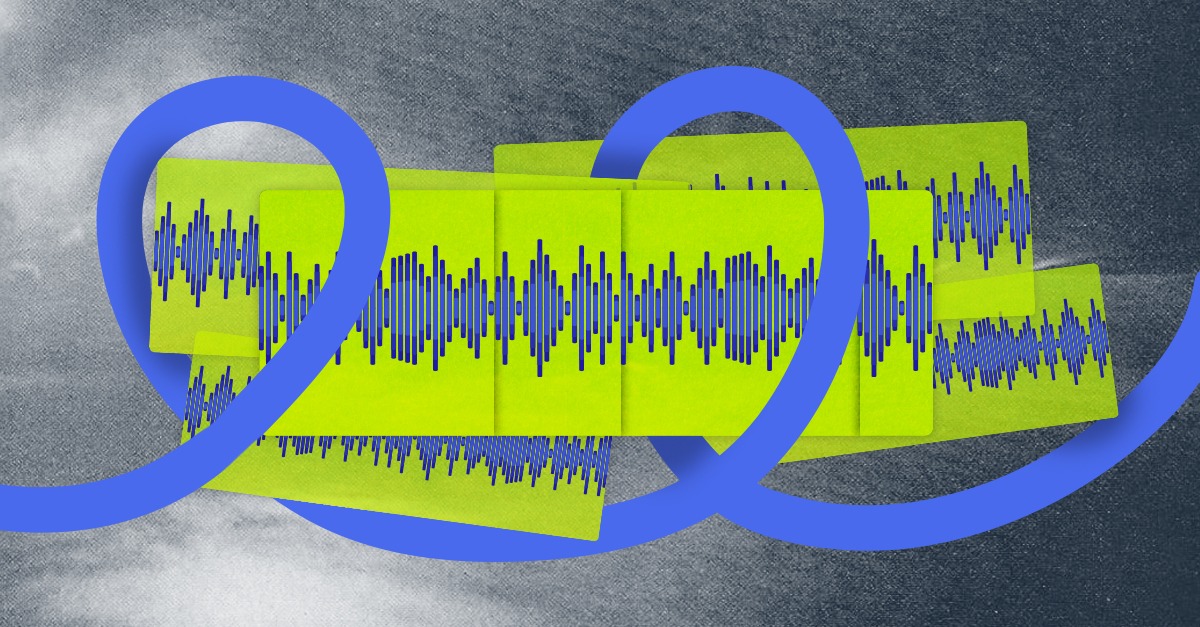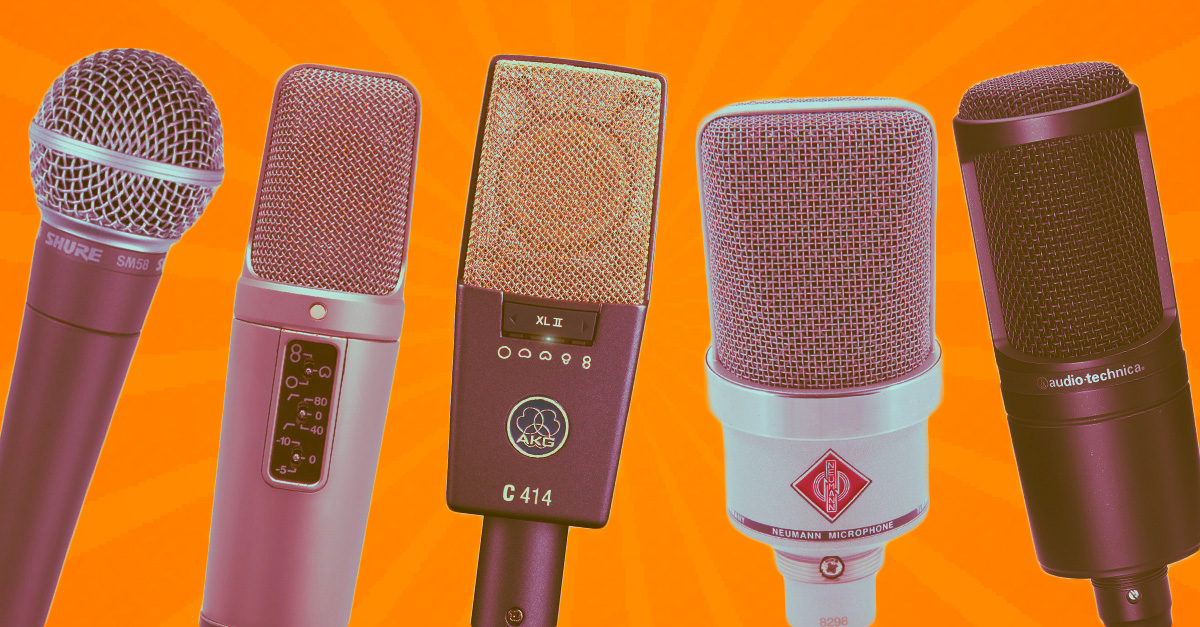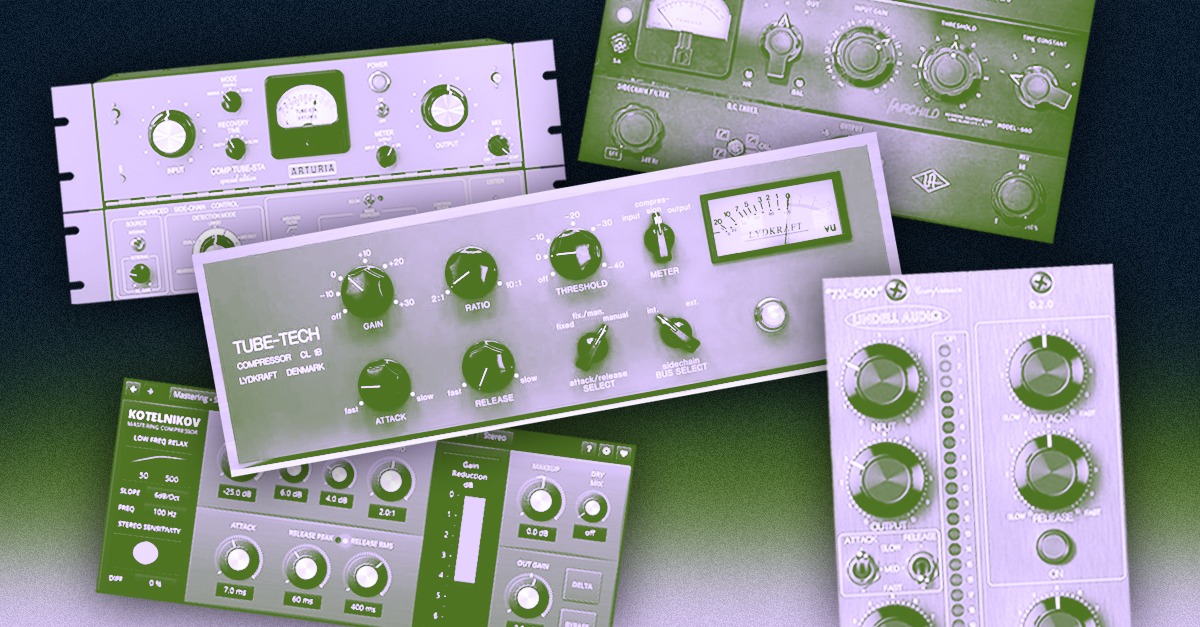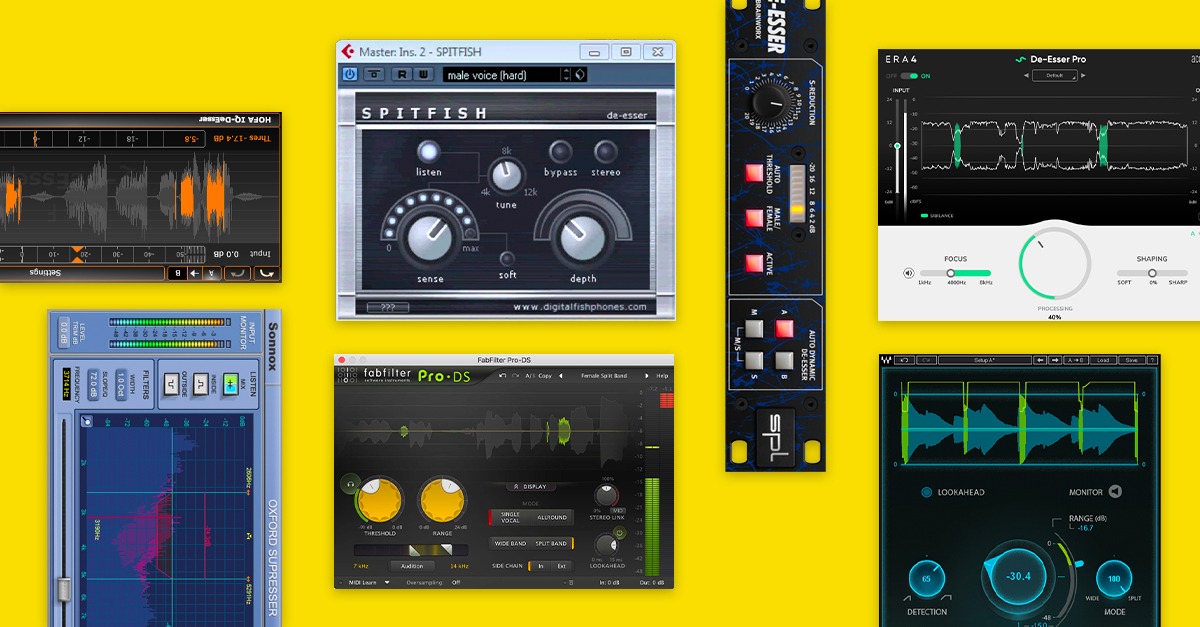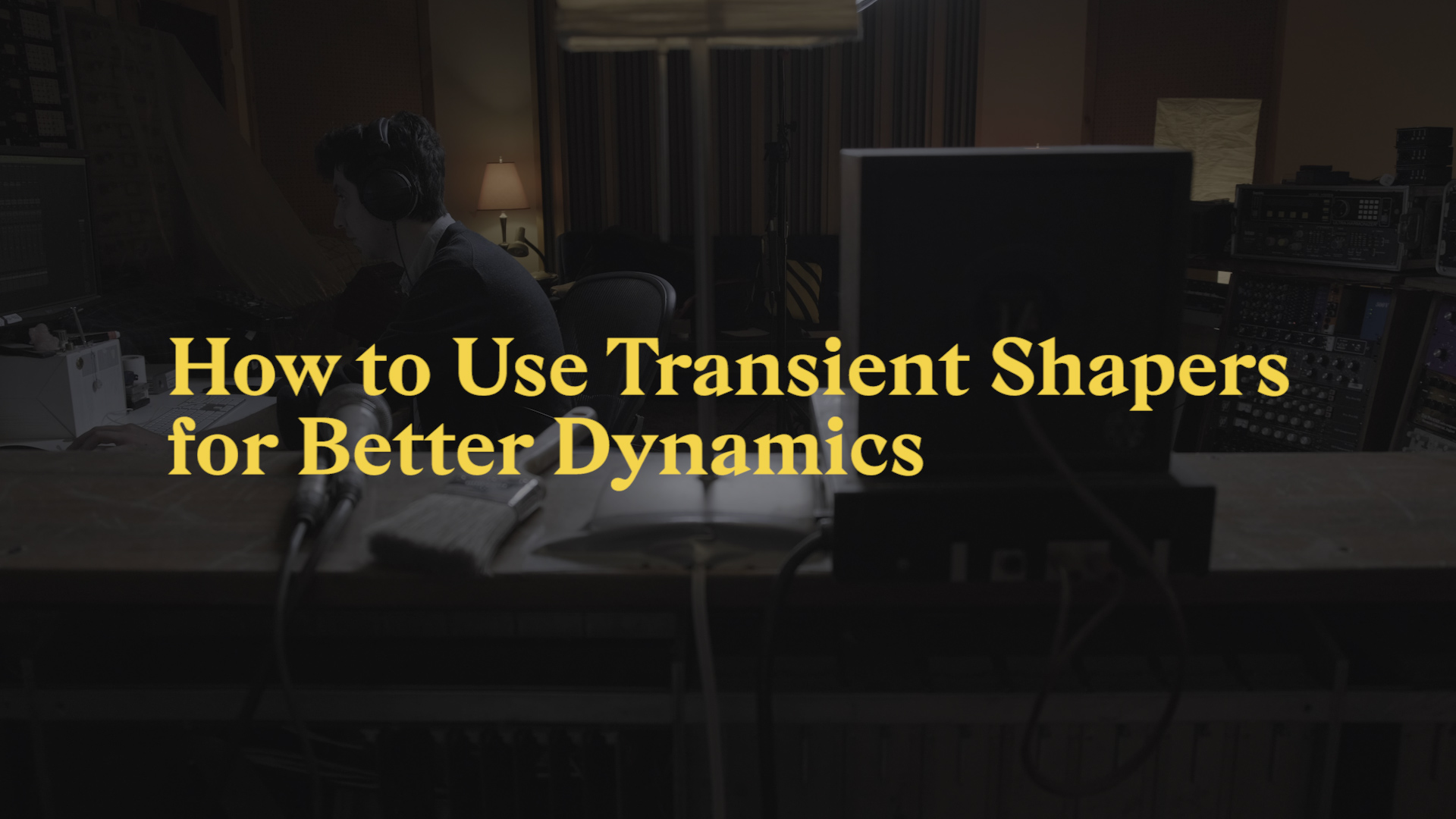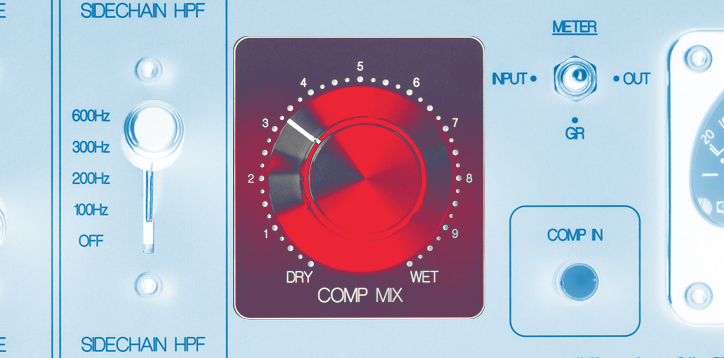
Vocal Compression: How to Compress Vocals in 7 Steps
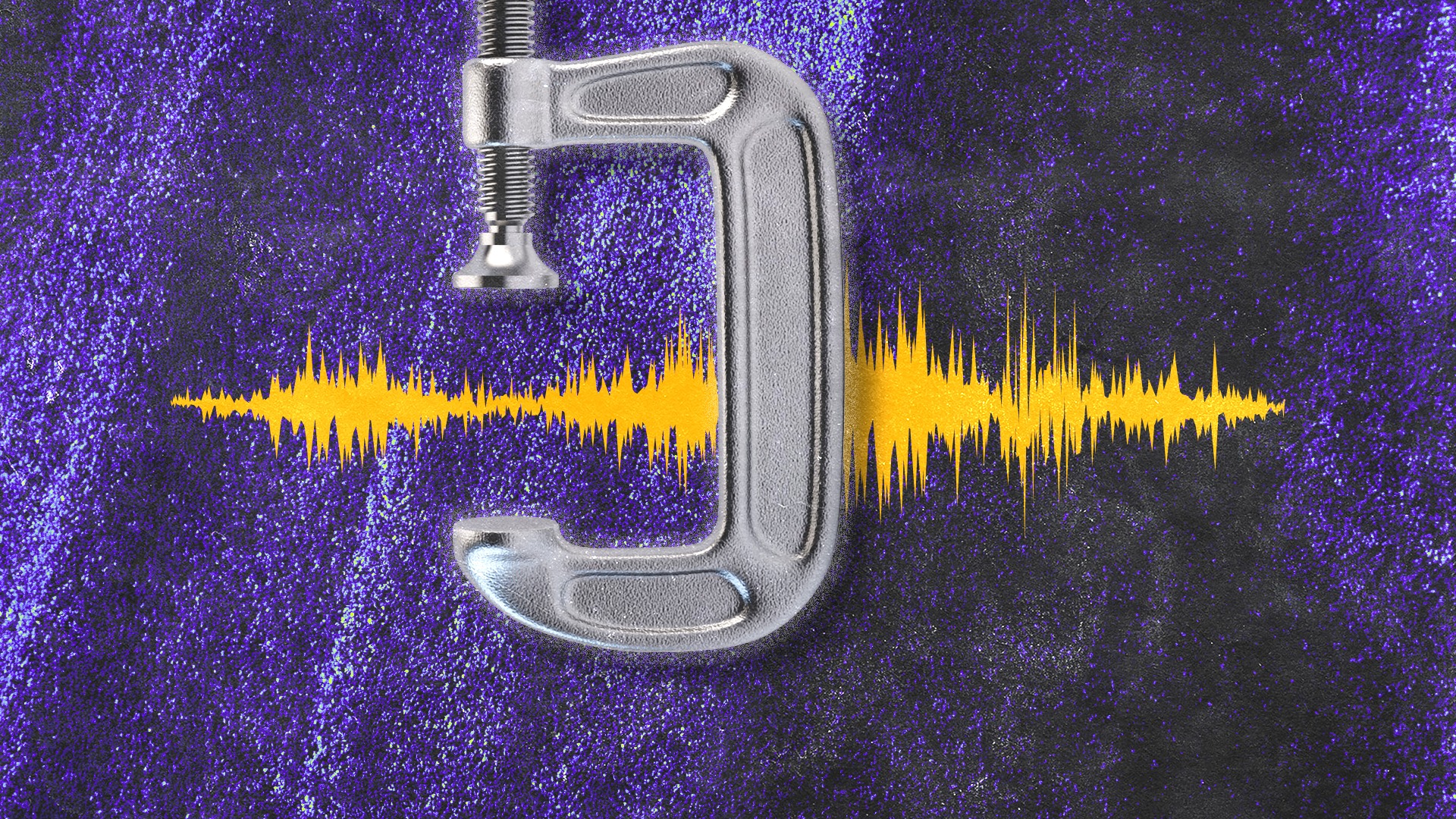
Vocal compression is an important task in any vocal mixing workflow.
After all, compression is one of the three principal tools in mixing alongside EQ and reverb—and vocals are an incredibly important part of your mix!
But getting vocal compression right requires some knowledge and experience.
With such an essential component of a track, vocals need to be treated with care.
Luckily, you can get a leg up on vocal compression techniques with a bit of basic knowledge.
In this article I’ll explain everything you need to know about using compressors for vocals in mixing.
What is vocal compression?
Vocal compression means using a dynamic range compressor plugin or hardware to reduce the difference between the loudest and quietest parts of a vocal performance.
It’s part of a general practice in mixing of managing each track’s dynamics with compression, expansion, limiting or gating.
Compression for vocal tracks requires a different approach than other instruments due to the human voice’s naturally large dynamic range.
On top of that, most modern styles of music production rely on heavy compression of vocals to give them the powerful, larger-than-life sound that listeners expect.
A compressor contains a unique set of parameters to control exactly how dynamic range reduction acts. If you need a refresher on the basics of compression, head over to our beginner’s guide to brush up.
Learn vocal production
Compression is just one step in the process for studio vocals.

How to compress vocals: the 7 step guide
With the basics out of the way, here’s my basic tutorial for vocal compression.
🧠 Hot tip
1. Manage levels before compressing
As I explained above, compression is used in mixing to even out a sound’s dynamic range.
But some jumps in level may be too extreme for even the most grabby compressor to handle.
On top of that, the sound of a compressor plugin working much harder than it should can be distracting in the mix.
If your vocal track contains elements with an extreme change in dynamics, consider doing some manual automation or clip gain to reign them in.
2. Compress vocals in stages
Modern pop vocals are among the most highly compressed elements in a mix.
After all, your goal is to reveal the most detail while keeping them loud enough to soar on top of the mix throughout.
As a result, it may not be possible to get the full extent of the gain reduction you need from a single compressor.
Instead, many engineers rely on a process called serial compression that chains multiple compressors in stages.
I’ll break down the process over the next few steps.
3. Compress the ‘fast’ parts of the vocal
The first compressor in a serial vocal chain typically acts on the initial onsets of words and syllables in the vocal track.
Since these tend to peak above the sustained part of the sound, the compressor needs to be set with a faster attack and release and a higher threshold.
If set correctly, the first compressor should tame the aggressive onsets enough to compress the rest of the vocal with a single, more gentle compressor.
4. Even out the the body of the sound
With the aggressive transients controlled, you should be able to use a gentler compressor with a slower attack and release without causing it to work too hard.
Many engineers choose an analog-style compressor with lots of character for this task to bring warmth, saturation and color to the sound.
For example, any compressor modeled on the vintage LA-2A will work for this application. But even the optical mode on a built-in compressor like Logic’s is a fine choice too.
This compression style is known for its musical and natural onset and gentle release.
Whichever compressor you choose, set the attack slow enough that the fast transients are left to the initial compressor.
Set the release long enough that the full sustain of the notes can be heard clearly and blends well with the music.
5. Add another stage if needed
Some vocal performances and music styles call for truly intense compression.
It may be that even two stages are not enough to reign in your vocal track!
In that case you might consider a third compression stage that acts more like a limiter.
In this application, I prefer a transparent compressor that won’t add too much coloration to the final sound.
If your goal is strict level control, try a ratio of 10:1 or higher with moderate attack and release.
Keep the threshold high enough that the compressor is only acting on the truly explosive peaks.
Most of the time, two stages of compression can control the dynamics of a well-sung vocal.
But you be the judge! After all there’s no one-size-fits-all solution for vocal mixing.
6. Use a de-esser
De-essers are a specialized form of compressor. They only act on a narrow frequency band of the signal where the singer’s sibilant ‘s’ sounds occur.
This frequency range can sometimes stick out with certain singers and microphones, making it hard for the vocal to blend in.
If multiple stages of compression are causing sibilance to jump out, consider a de-esser plugin to tame them.
Set the de-esser frequency range to target the most distracting components of the sibilance. This is typically anywhere from 4-5 kHz to 8-10 kHz, although you will have to experiment to find the ideal range.
Then set the de-esser’s threshold and range controls to reduce the esses enough to blend in.
7. Consider compressor alternatives
Finally, if you can’t achieve the results you’re looking for with compression, you may have to consider other alternatives.
For example, saturation plugins offer a form of gain reduction since they reduce the peaks of the signal with clipping. As an added bonus, they increase harmonics and alter the timbre of the sound.
You may find subtle saturation performs better than additional stages of compression in some situations.
Similarly, advanced dynamics processes like multiband compression and dynamic EQ are sometimes used in vocal compression.
Dynamic EQ works by adding compressor controls like threshold, ratio and attack/release to individual bands of EQ.
Engineers sometimes use it to target specific frequencies that need to be controlled, but not eliminated the way you might with a notch filtering EQ.
Advanced dynamics
Looking for more detailed control? Check out these advanced processors.
Vocal compression 101
Compressing vocals is a task you’ll have to tackle for almost every mix—it’s essential to know the basics!
Luckily, if you understand the basics of compression and have a few key techniques under your belt, there’s nothing to be intimidated by when it comes to vocal compression.
If you’ve made it through this article you’ll have a great start for dealing with vocals.
Gear guides, tips, tutorials, inspiration and more—delivered weekly.
Keep up with the LANDR Blog.



